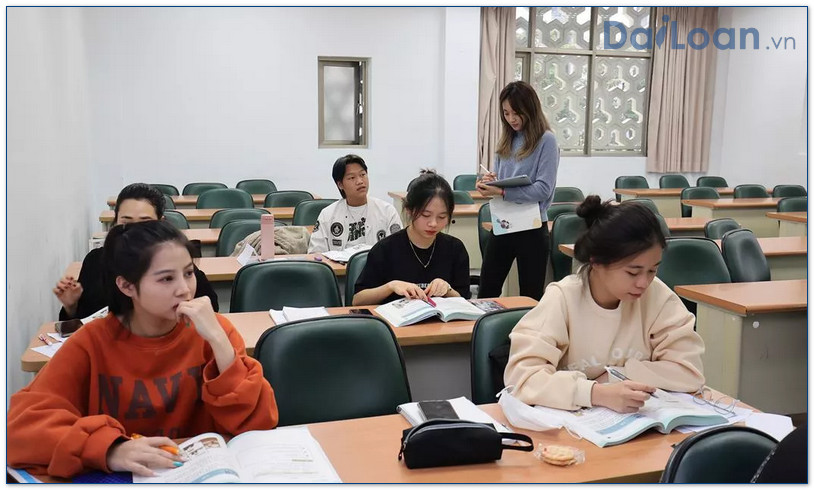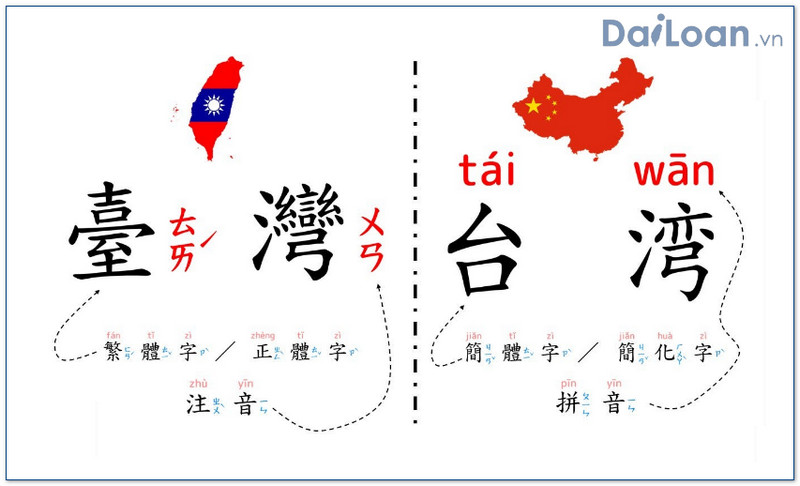The Chinese term 相間 (xiāng jiàn) is a fascinating phrase that carries special significance in both language and cultural contexts. In this article, we will comprehensively explore its meaning, grammatical structure, and provide illustrative example sentences to help you grasp its usage better.
What is 相間 (xiāng jiàn)?
The term 相間 translates literally to “interspersed” or “alternating.” It typically describes a situation where two or more elements are arranged in an interleaved or alternating manner. This concept can apply to various contexts, including colors, patterns, and even aspects of life.
Breaking Down 相間 (xiāng jiàn)
- 相 (xiāng): This character often signifies mutuality or interdependence and indicates a relational aspect.
- 間 (jiàn): This character refers to space or interval, indicating the division or separation between elements.
Thus, when combined, 相間 conveys the idea of elements that occupy alternating spaces or are interspersed with each other.
Grammatical Structure of 相間
In Chinese, the grammatical structure of phrases often combines characters into compound words, where the meaning of each contributes to the overall sense of the phrase. 相間 (xiāng jiàn) can function as either a verb or an adjective. As a verb, it signifies the action of interspersing or alternating, while as an adjective, it describes something that is arranged in an alternating manner.
Usage in Sentences
To understand how 相間 fits into the structure of Chinese sentences, let’s look at the following components:
Example Sentences Using 相間
- As a Verb:
颜色相间,形成了迷人的效果。
Translation: The colors alternate, creating a charming effect.
- As an Adjective:

这种铺地砖是相间设计,很有现代感。
Translation: This flooring design is interspersed and has a very modern feel.
Applications of 相間 in Daily Life
Understanding 相間 (xiāng jiàn) allows for more expressive communication. It can be used in various contexts, from interior design to discussions about art and even in describing natural phenomena.
Common Usage Scenarios
- Art and Design: Artists may describe elements of their work that are deliberately interspersed.
- Fashion: Designers often aim to create patterns that are visually appealing by alternating colors.
- Nature: Descriptions of landscapes that feature alternating colors or features can incorporate this term.
Conclusion
In conclusion, 相間 (xiāng jiàn) is a versatile term in the Chinese language that conveys the concept of interspersing or alternating elements. By understanding both its meaning and grammatical usage, one can articulate richer expressions in various contexts. Whether discussing art, design, or nature, mastering this term will undoubtedly enhance your fluency in Chinese.
Keep exploring the beauty of the Chinese language and its rich vocabulary. You’ll find that terms like 相間 open doors to understanding cultural nuances and enhancing your communicative skills.

Sứ mệnh của Chuyên là giúp đỡ và truyền cảm hứng cho các bạn trẻ Việt Nam sang Đài Loan học tập, sinh sống và làm việc. Là cầu nối để lan tỏa giá trị tinh hoa nguồn nhân lực Việt Nam đến với Đài Loan và trên toàn cầu.
CÓ THỂ BẠN QUAN TÂM
Du học Đài Loan
Lao Động Đài Loan
Việc Làm Đài Loan
Đơn Hàng Đài Loan
Visa Đài Loan
Du Lịch Đài Loan
Tiếng Đài Loan
KẾT NỐI VỚI CHUYÊN
Zalo: https://zalo.me/0936126566
Website: www.dailoan.vn




